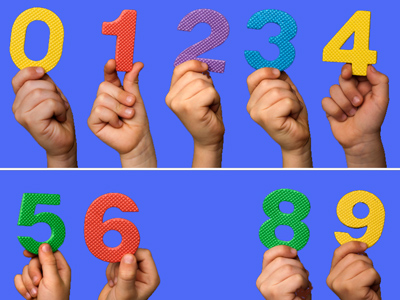
Year 2 Numbers - Place Value Problem Solving
This quiz addresses the requirements of the National Curriculum KS1 Maths and Numeracy for children aged 6 and 7 in year 2. Specifically this quiz is aimed at the section dealing with using place value and number facts to solve problems.
Children in Year 2 begin to learn about what each digit in a number represents, or its place value. For example, in the number 34, there are 3 tens and 4 ones. They can use this knowledge of place values to solve problems using 100 squares, answer more than/less than questions, solve money problems and also use it to answer number bond questions.
20 - ? = 13
12 + ? = 20
Ready for more?
not all...
quizzers. Try to win a coveted spot on our Hall of Fame Page.







